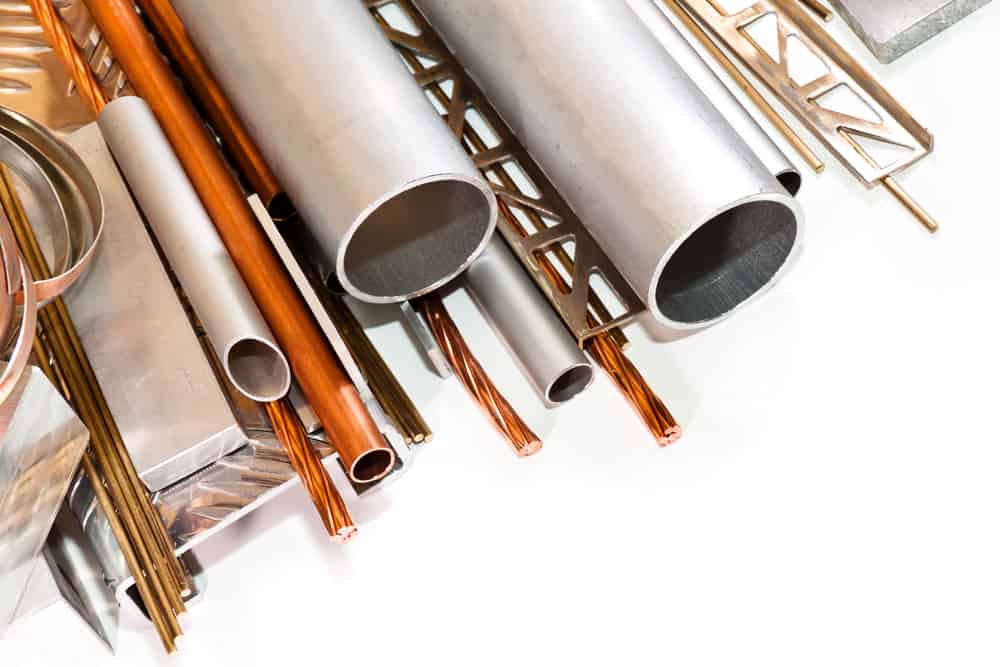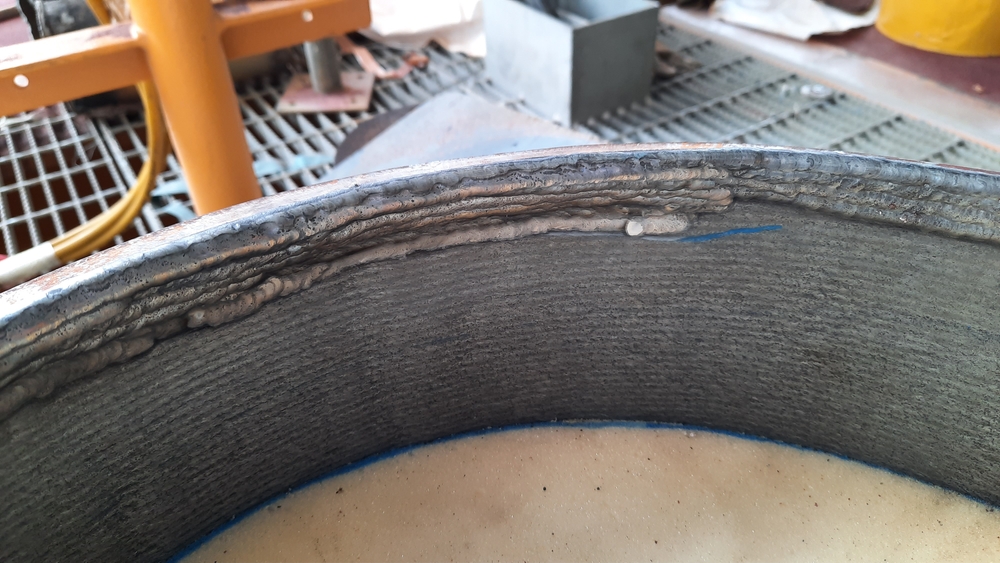
Thin or thick sections, steel or aluminum, TIG welding can join it all. And the fusion ability is not just limited to the material with closely-related properties, but it also extends to dissimilar metals. Creating a reliable bond when the properties of two materials differ drastically is challenging, but much research has shown that precision and control of TIG welding make this possible. Let us explore the intricacies of welding metallurgically dissimilar metals and discuss the steps involved.
Why Use Dissimilar Metals Together?
Many factors come into play when choosing two metals for welding– joint strength, corrosion resistance, material cost, final weight, etc. Some scenarios may require welders to work with dissimilar metals to achieve the desired properties. This is done primarily to–
- Combine the desirable properties of two metals to weld a final product with superior properties.
- To reduce the cost of welding using an economical alternative
- Improve the durability of the metal by combining mechanical strength and corrosion-resistant properties.
Let us take Inconel and stainless steel as examples. These dissimilar metal welds are highly popular in industries like aerospace, where jet engine components and exhaust systems need to be lightweight while also providing high-temperature and corrosion resistance. Inconel offers high-temperature resistance and corrosion resistance in comparison to stainless steel. On the other hand, stainless steel is a low-cost option. When TIG is welded, such joints are strong yet economical.
Consider aluminum and steel, these are considered to be exotic bonds, given the difficulty to weld these metals of drastically different properties. Aluminum has a melting point of 660°C, which is around half the melting point of steel – 1205 to 1370°C. When TIG welded, the joint is very likely to have a brittle nature. For such metals, friction stir welding is usually preferred. The fast weld speed and reduced heat input minimize the chances of intermetallic compound formation and combine the qualities of both metals.
Factors To Consider When Welding Dissimilar Metals

When creating a weld joint between two dissimilar metals, these are the factors that welders should note to achieve an optimal result.
| Compatibility | Despite the dissimilar properties, it is critical that the metals are closely compatible. High variation of the following factors causes excess stress in the joint and cause the weld to develop defects –
|
| Welding process | Exercising precision control is important to achieve desired output when welding dissimilar metals. This can be done with welding techniques like –
|
| Joint design | The joint design for dissimilar metals must be done to gain maximum strength from the weld. For each section, it is essential to gauge the –
|
| Weld treatment | Weld preparation ensures consistency and strength at the joint. Depending on the material properties, welders should enforce –
|
Material use: As mentioned above, properties like melting point, solubility, and coefficient of expansion contribute to how the weld fuses together and delivers the desired performance. Galvanic corrosion may develop at the intermetallic zone due to the difference in electrochemical properties. So, make sure to understand the qualities of metals in use and their need for transitional metal, pre-weld, or post-weld treatments to improve the feasibility of the bonds.
Buttering: Buttering is often desired when welding metals with incompatible microstructural formation. Buttering creates a transition layer using weld metal closely compatible with both base metals being joined together. The similar metallurgical properties will reduce the risk of defects such as cracking by minimizing the thermal stress and differential expansion due to heat input during the weld.
TIG Welding Dissimilar Metals For Reliable Result
Given the variation in metallic behavior of dissimilar metals, the role of weld parameter control during welding is immense. TIG welding provides the following advantages:
- Precision control over heat input reduces the risk of distortion and warping
- High degree of cleanliness with shielding and purging
- Control of filler metal or butter layer deposition rate
- Minimal sparks, spatters, and fumes enhance welding safety
TIG welding is a versatile welding process, considering its ability to work with various metals. When welding dissimilar metals, welders can leverage TIG welding for buttering or subsequent welding processes to create high-quality, defect-free bonds.
Arc Machines, Inc. is a leading orbital welding solutions provider, with a range of welding machines and weld heads capable of welding dissimilar metals while saving costs. For inquiries regarding products, contact sales@arcmachines.com. For service inquiries, contact service@arcmachines.com. Arc Machines welcomes the opportunity to discuss your specific needs. Contact us to arrange a meeting.




